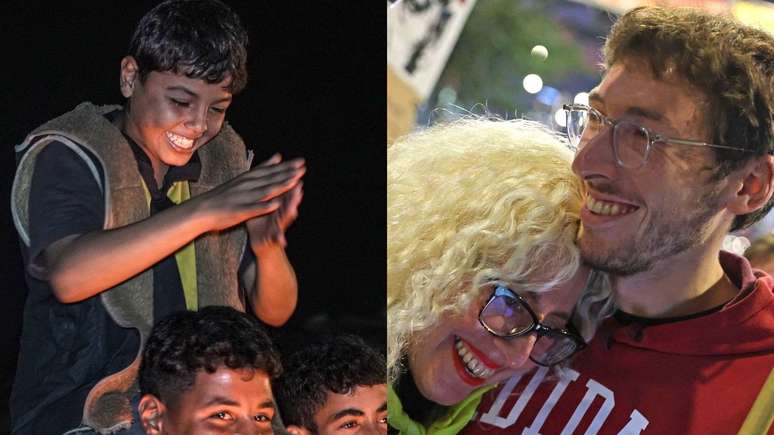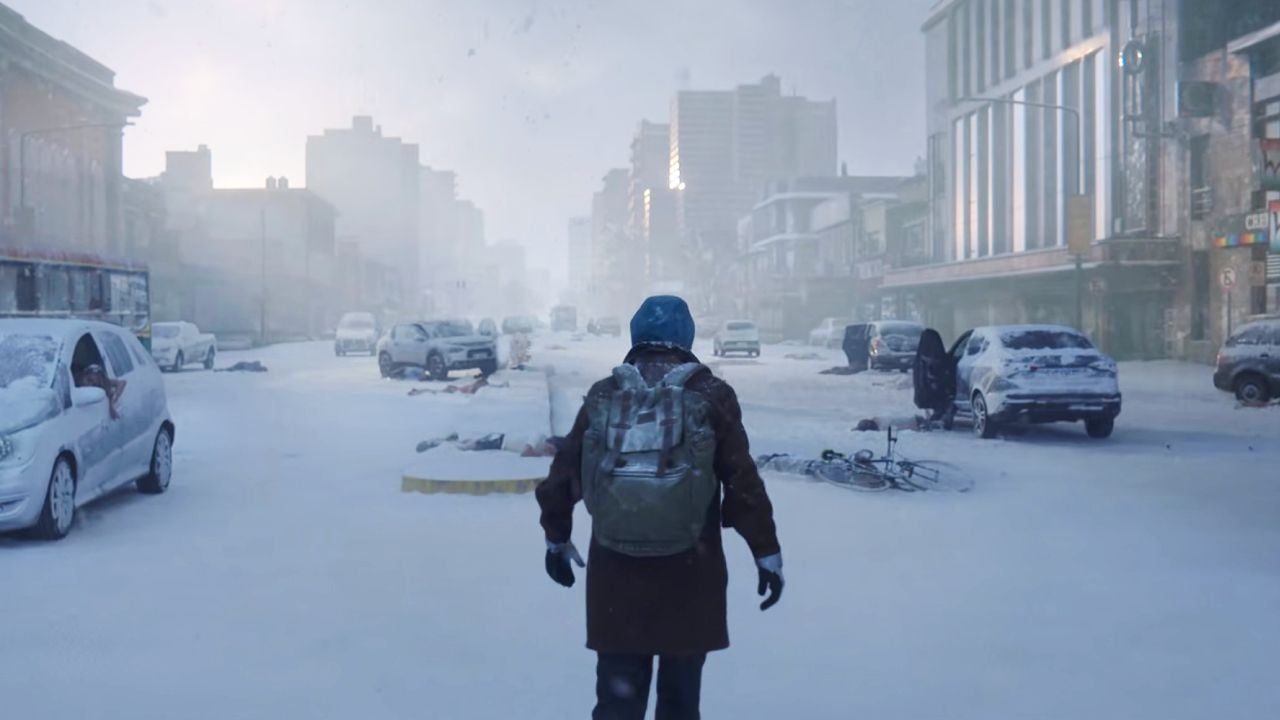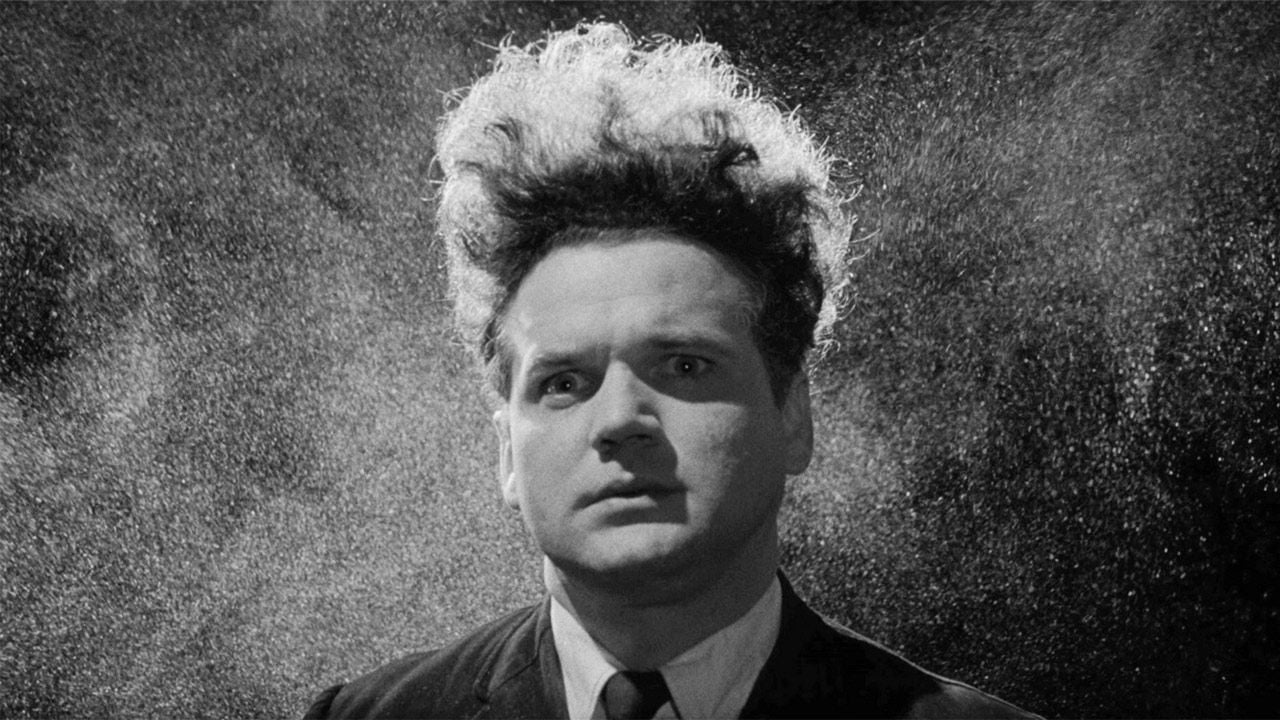Israel and Hamas have agreed to a ceasefire in Gaza after 15 months of war. But there are still questions that remain unanswered in this three-phase plan.
Israel and Hamas have reached a ceasefire agreement to end 15 months of war in Gaza, as announced on Wednesday (15/01).
Qatari Prime Minister Mohammed bin Abdul Rahman Al Thani said that the agreement will come into force on Sunday (19/01), as long as it is approved by the Israeli government. Qatar brokered the deal.
The war began when the Palestinian armed group Hamas attacked Israel on October 7, 2023, killing around 1,200 people and taking 251 hostages in Gaza.
Since then, Israel has begun an offensive in Gaza that has left more than 46,000 Palestinians dead.
US President Joe Biden said the deal would “stop the fighting in Gaza, increase much-needed humanitarian assistance to Palestinian civilians, and reunite hostages with their families after more than 15 months of captivity.”
Getting to this point took months of painstaking indirect negotiations, largely because Israel and Hamas completely distrust each other.
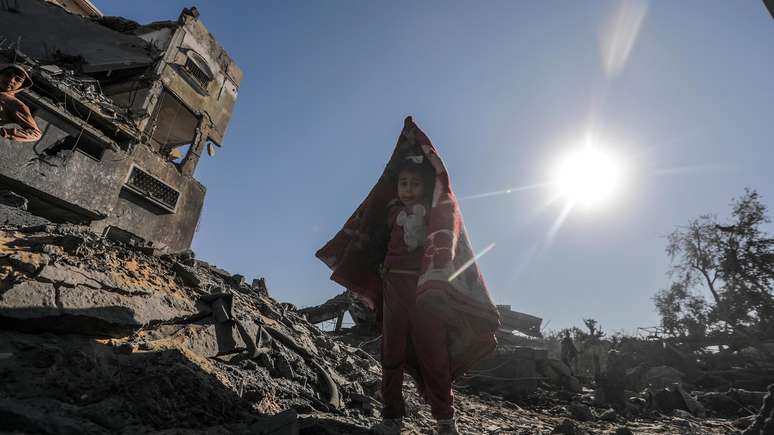
Hamas wanted a total end to the war before releasing the hostages, which was unacceptable to Israel.
The ceasefire will effectively pause the war while its terms are implemented.
However, it is unclear whether this will mean the war will be over forever.
One of the main objectives of the Israeli offensive was to destroy the military capabilities and political power of Hamas.
Although Israel has harshly attacked the group, Hamas still has some ability to operate and reorganize.
Release of hostages and prisoners
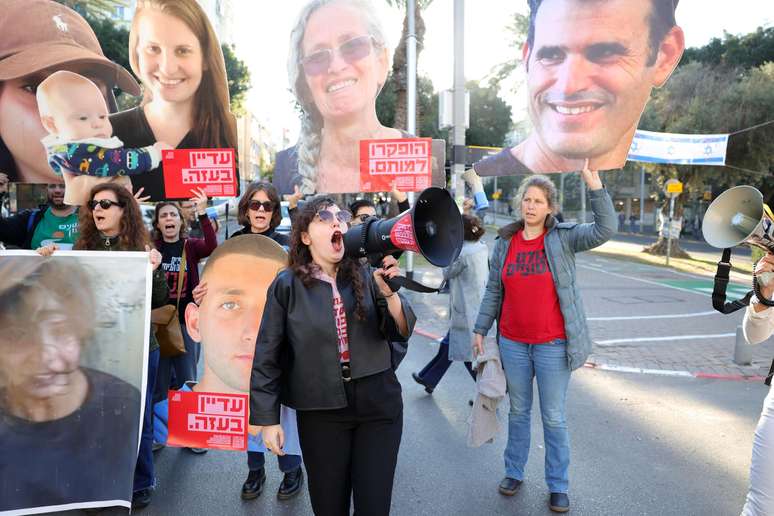
It is also unclear which hostages are dead or alive, or whether Hamas knows where they are.
Hamas in turn has called for the release of some prisoners that Israel says it will not release.
This is believed to include those involved in the October 7 attacks.
It is also unknown whether Israel will agree to leave the buffer zone by a specific date or whether its presence will last indefinitely.
Any ceasefire will likely be fragile.
The agreements between Israel and Hamas that had ended previous conflicts were shaken by skirmishes and ended up being broken.
The timing and complexity of the current ceasefire means that even a small incident can turn into a major threat to peace.
How would a ceasefire work?
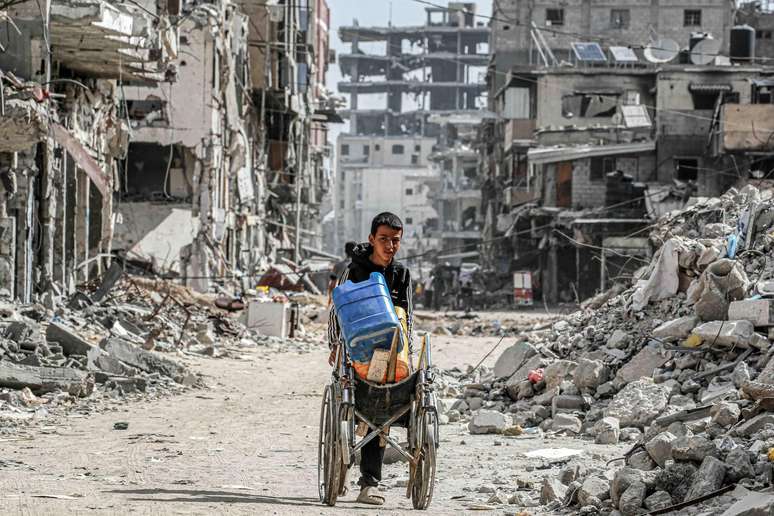
The ceasefire is expected to take place in three phases (check each one below).
Although so far both sides agree with him, Israel’s security cabinet and cabinet will still need to approve the deal before it can be implemented.
Phase one: release of hostages and prisoners
Referring to the deal, Israeli government spokesman David Mencer said 33 hostages – expected to be women, including soldiers, children, the elderly, the sick and the wounded – will be exchanged for Palestinian prisoners.
Three hostages would be released immediately, a Palestinian official told the BBC. The remainder of the exchange will take place over six weeks.
During this phase, Israeli troops will begin to withdraw from populated areas of Gaza, but it is unknown how long this will take.
Israel would also allow people who needed to relocate to southern Gaza to begin returning to the north.
Nearly all of Gaza’s 2.3 million residents have had to leave their homes due to Israeli evacuation orders, attacks and field fighting.
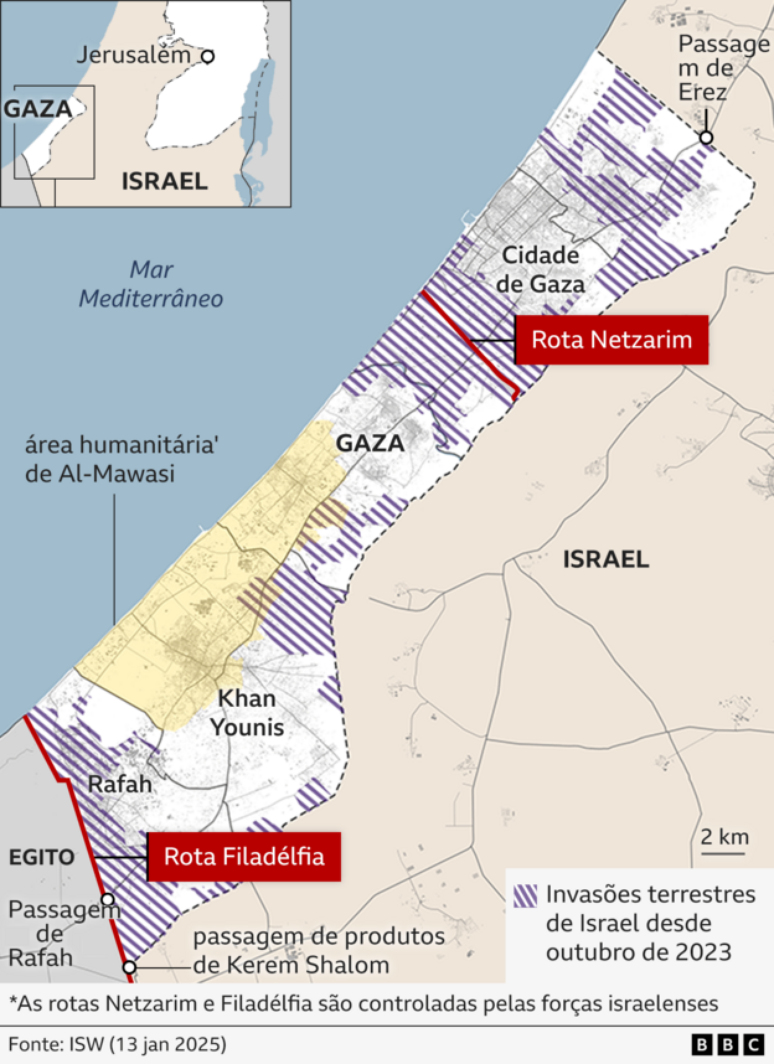
The Prime Minister of Qatar confirmed that humanitarian aid deliveries will be intensified in all parts of Gaza, as well as the reconstruction of hospitals.
The exact amount of aid to be sent is another detail yet to be confirmed.
A Palestinian official said detailed negotiations for the second and third phases of the deal would begin on the 16th day of the ceasefire.
Whether, when and how Israeli troops will leave the Philadelphia corridor on the border with Egypt has yet to be agreed upon.
Phase two: further releases
Details of phases two and three will be conveyed during the implementation of phase one, the Qatari prime minister said.
Phase two involves negotiating “a permanent end to the war,” US President Joe Biden said at a news conference to announce the deal.
If negotiations last more than six weeks, the ceasefire will continue, Biden said.
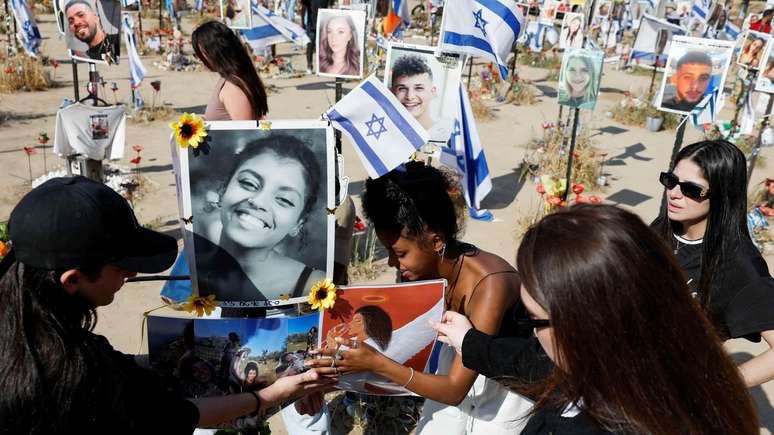
It is believed that the remaining male hostages – soldiers and civilians – would be released in exchange for more Palestinian prisoners.
Israel said it agreed to release hundreds of Palestinian prisoners, while a Palestinian official spoke of more than 1,000.
Around 190 Palestinian prisoners are serving sentences of 15 years or more.
An Israeli official told the BBC that those convicted of murder will not be released into the occupied West Bank.
There would also be the total withdrawal of Israeli troops from Gaza and the beginning of a “sustainable calm”.
This has been defined in previous proposals as “a permanent cessation of military and offensive operations”.
Phase three: reconstruction of Gaza
The third and final phase would involve rebuilding Gaza, something that could take years.
President Biden said that, at this stage, Palestinians who need to migrate will be able to return to their homes in all areas of Gaza.
The remains of the deceased hostages will also be returned to their families, he said.
Can Trump take credit for the ceasefire?
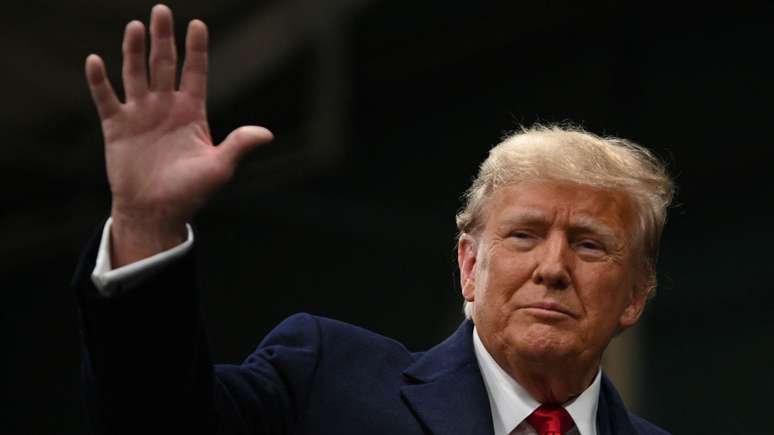
Donald Trump, who will be sworn in to his second term in the White House on January 20, has claimed credit for the ceasefire agreement on social media.
He said that “the epic ceasefire agreement could only have come about as a result of our historic victory in November.”
In Doha, the Prime Minister of Qatar answered questions from the press after announcing the agreement.
The first was why the agreement was reached now and whether pressure from the new US president made any difference.
“We have seen the measures taken recently by the United States that have led to this moment,” Mohammed bin Abdul Rahman Al Thani responded.
He added that American collaboration in recent days went beyond the issue of mandates and revealed a clear commitment to reaching an agreement.
How will the agreement be enforced?
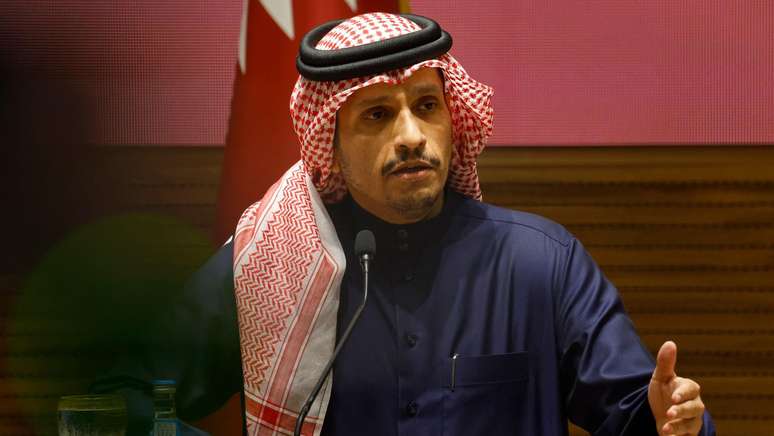
The Israeli government still has to approve the deal by vote. However, he is expected to do so, despite the objections of some members of the radical right who are part of the government.
Asked how much confidence he has that the deal will go beyond phase one, Mohammed bin Abdul Rahman Al Thani said negotiators have confidence, but it all depends on the parties involved.
“We hope that the parties will respect the agreement,” he said.
Asked what mechanisms are in place to ensure both sides comply with what was negotiated, he said three countries – the United States, Egypt and Qatar – will monitor the implementation of the agreement.
Who will rule Gaza?
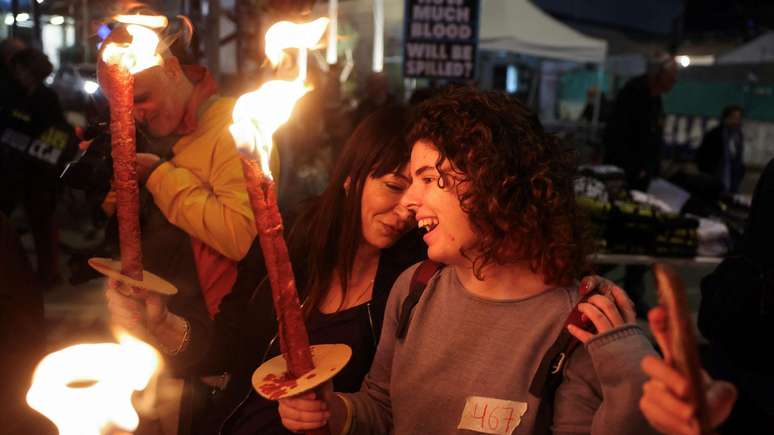
Which parties will govern Gaza after the war ends remains one of the biggest unanswered questions.
The Palestinian Authority (PA) must be the sole governing power in Gaza after the war, Palestinian Prime Minister Mohammad Mustafa said on Wednesday (15/01), before the ceasefire agreement was announced.
Israel refuses to allow Hamas to continue ruling the territory, but it also refuses to allow Gaza to be governed by the Palestinian Authority, which administers parts of the West Bank.
And Israel wants to maintain control of security in Gaza after the conflict ends.
However, the country is working with the United States and the United Arab Emirates on a plan for an interim administration to govern Gaza while the Palestinian Authority is reformed.
The new management would then take over as the permanent government.
Source: Terra
Rose James is a Gossipify movie and series reviewer known for her in-depth analysis and unique perspective on the latest releases. With a background in film studies, she provides engaging and informative reviews, and keeps readers up to date with industry trends and emerging talents.

